Completing a Pre Trip Inspection Checklist is crucial for ensuring vehicle safety and compliance. However, many individuals make common mistakes that can lead to serious consequences. One frequent error is failing to check all required sections. Each part of the checklist serves a specific purpose, and overlooking any section can result in undetected issues that may affect the vehicle's performance.
Another mistake is inaccurate reporting of findings. If a driver notices a problem but does not document it correctly, it can create confusion later. Proper documentation helps maintain a clear record of the vehicle's condition and any necessary repairs. Neglecting this step can lead to safety hazards on the road.
Some individuals rush through the inspection process, which can result in missing critical checks. Taking the time to thoroughly inspect each component is essential. A hurried inspection may cause a driver to overlook important details, such as tire pressure or fluid levels, which could compromise safety.
In addition, many people fail to update the checklist regularly. Using outdated forms can lead to inconsistencies in inspections. It is vital to ensure that the checklist reflects current regulations and vehicle specifications to maintain compliance and safety.
Another common oversight is not signing or dating the checklist. A signature provides accountability, while a date indicates when the inspection took place. Without these, it may be difficult to track the inspection history of the vehicle, which is important for both legal and safety reasons.
Lastly, some drivers neglect to report issues found during the inspection. Identifying a problem and failing to communicate it can lead to severe repercussions. It is essential to report any findings to the appropriate personnel for timely resolution, ensuring that the vehicle remains safe for operation.
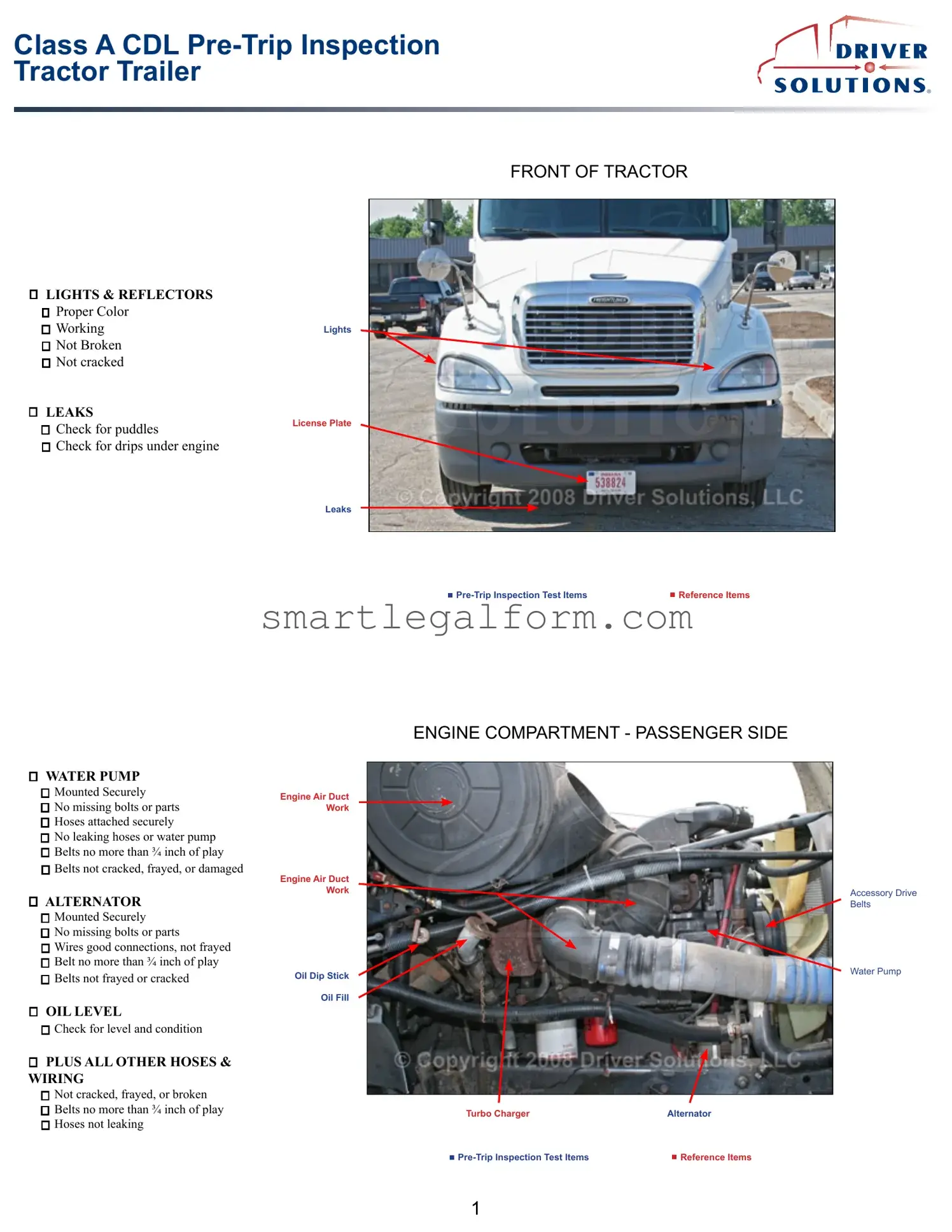
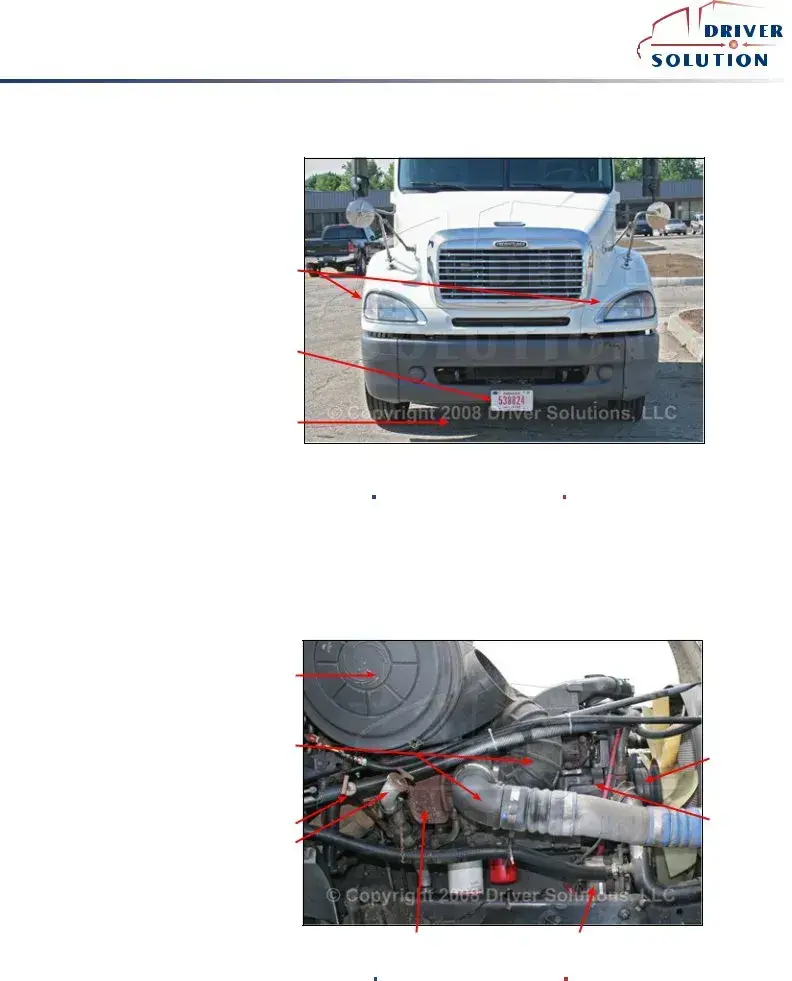
 ®
®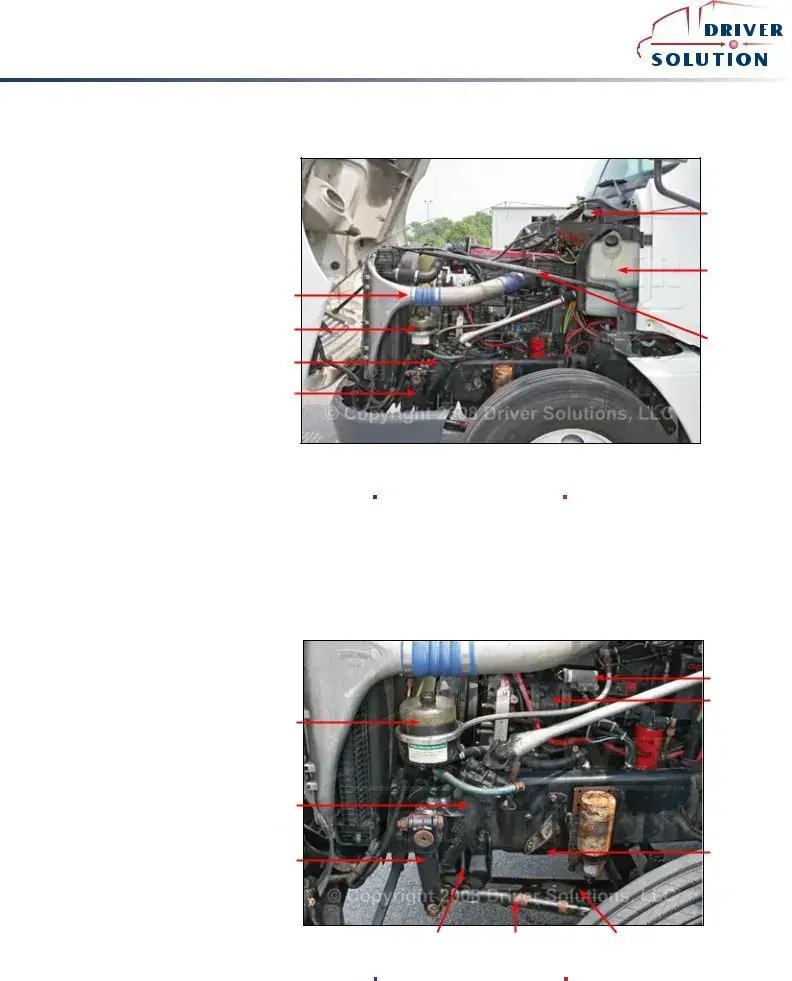
 ®
®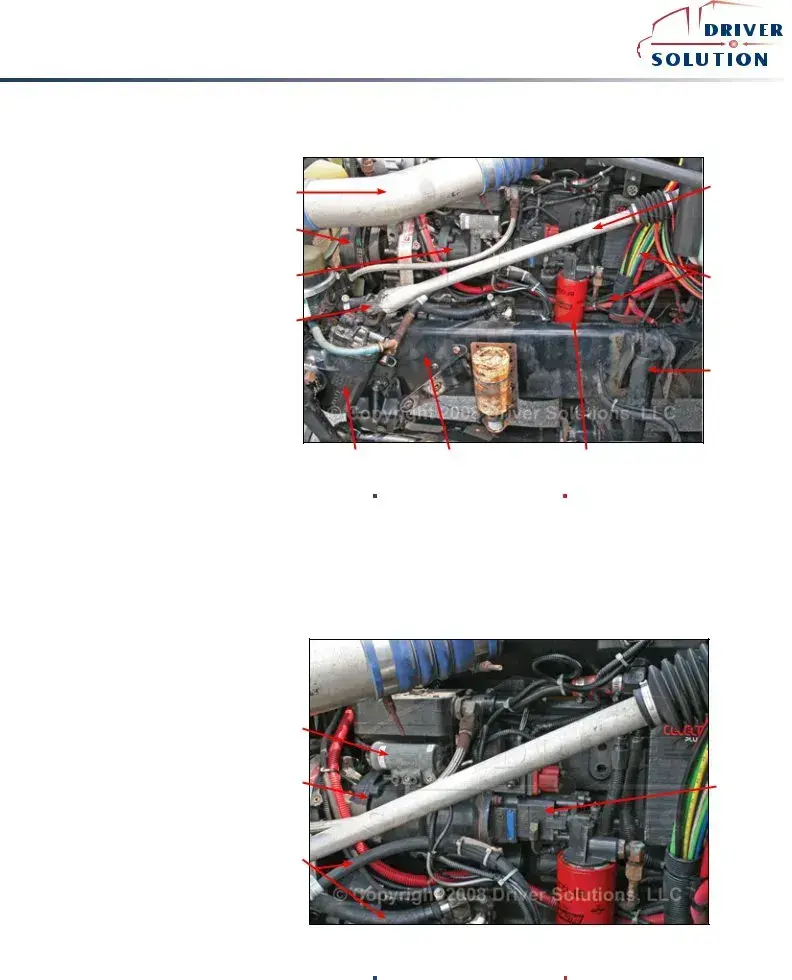
 ®
®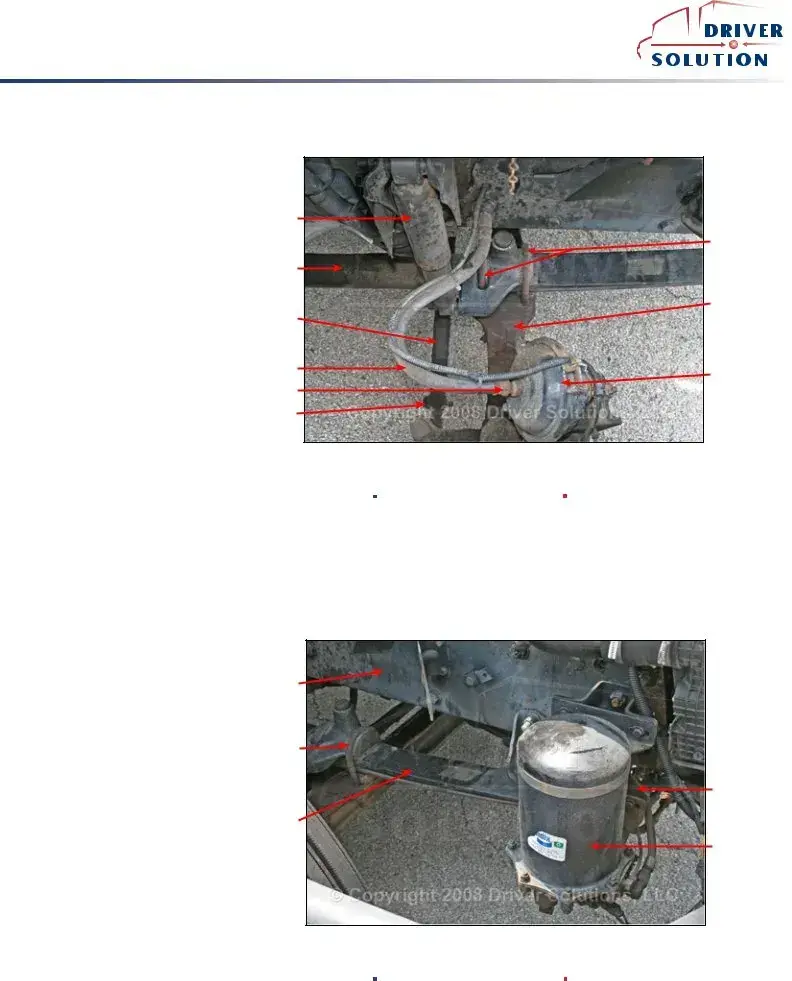
 ®
®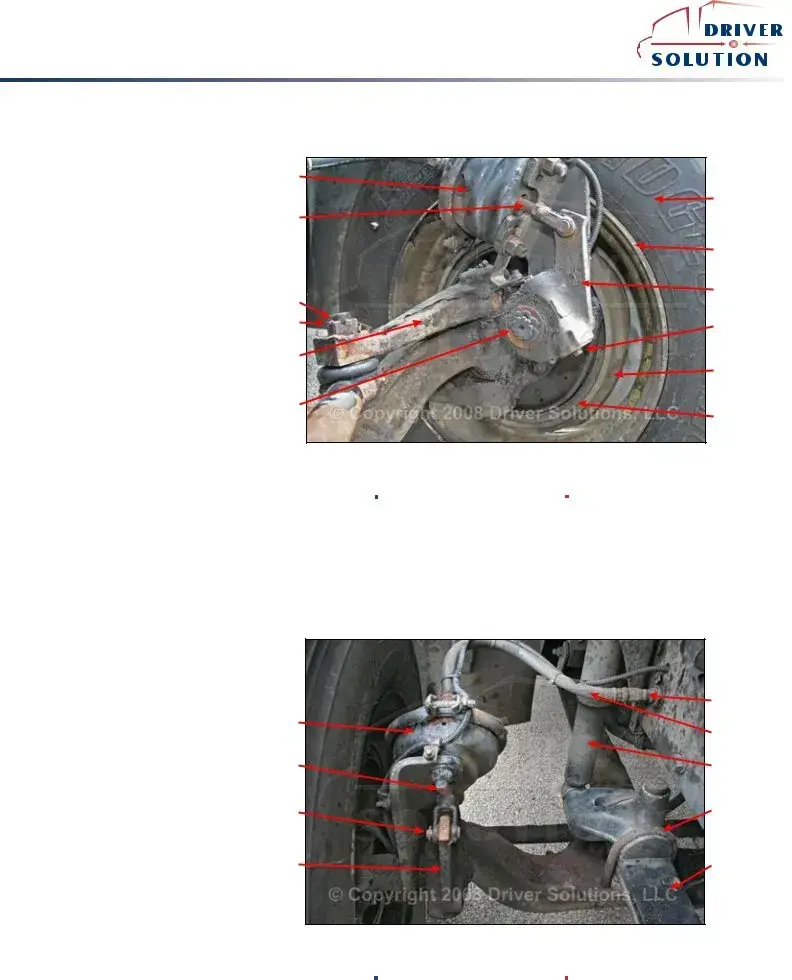
 ®
®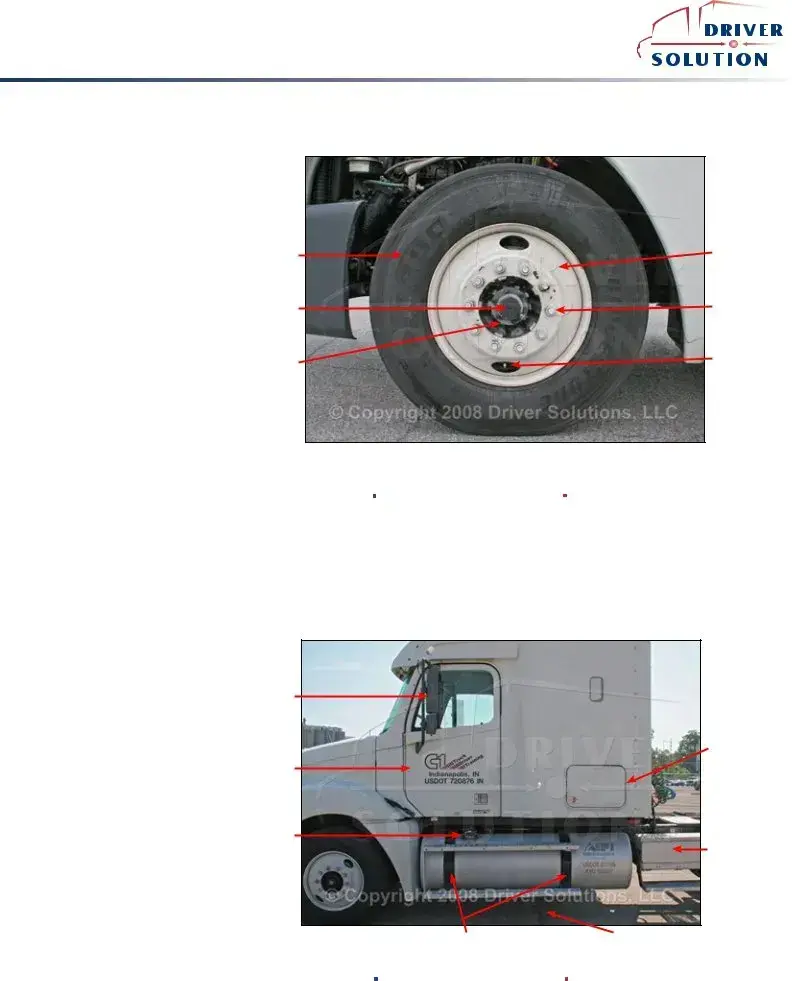
 ®
®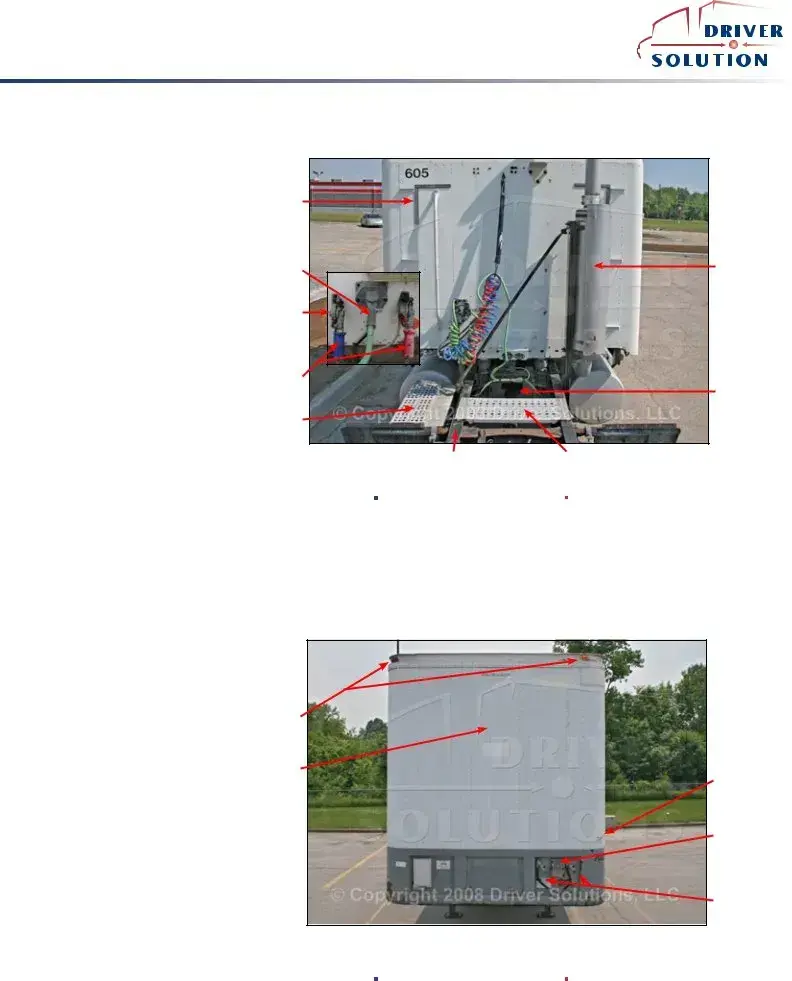
 ®
®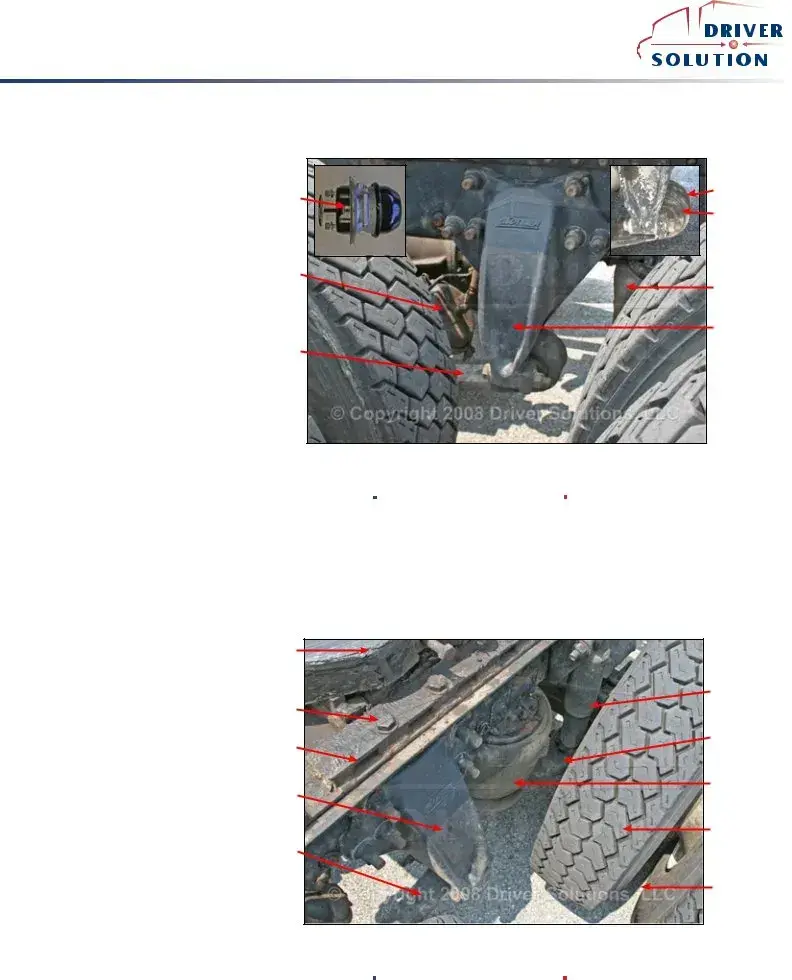
 ®
®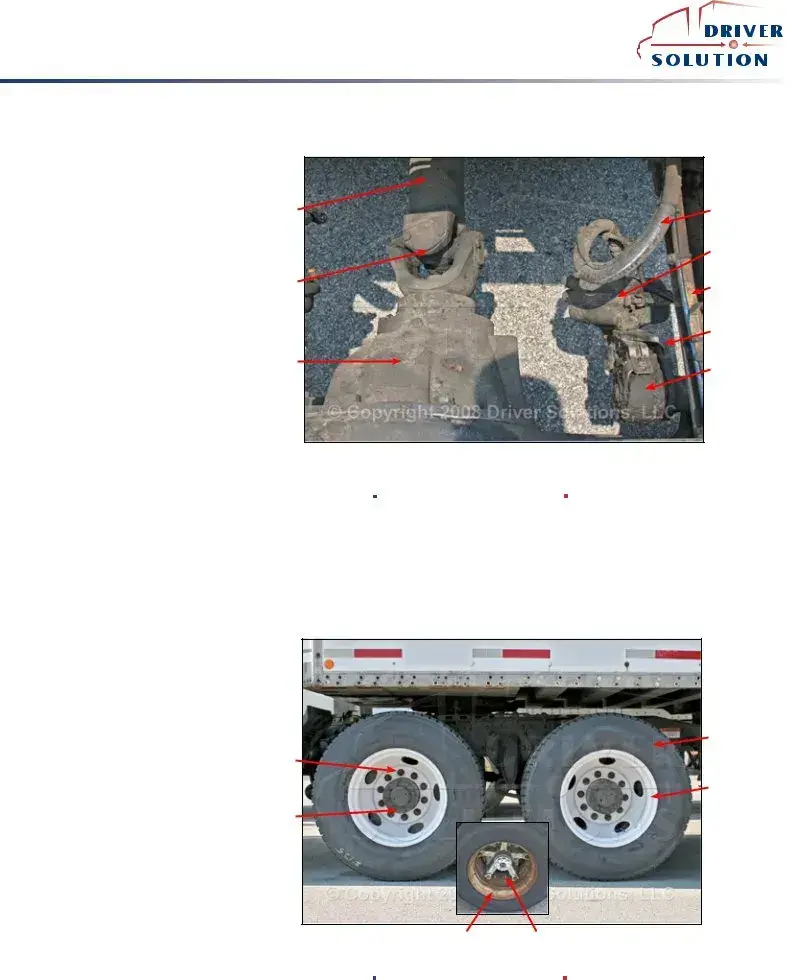
 ®
®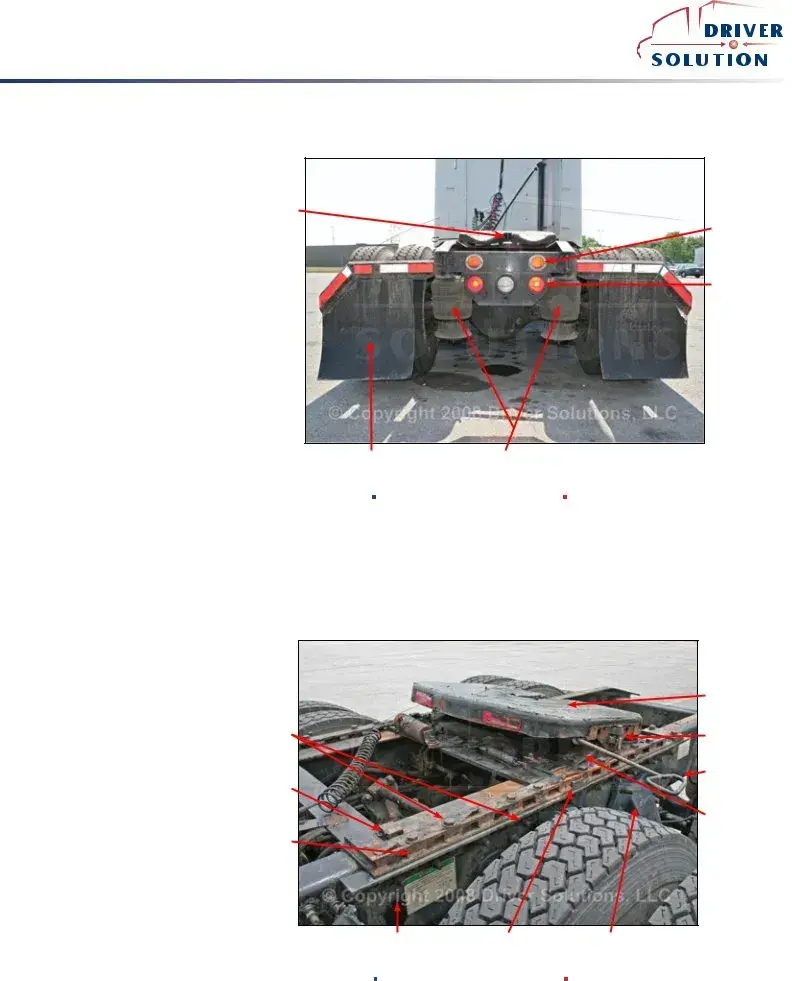
 ®
®